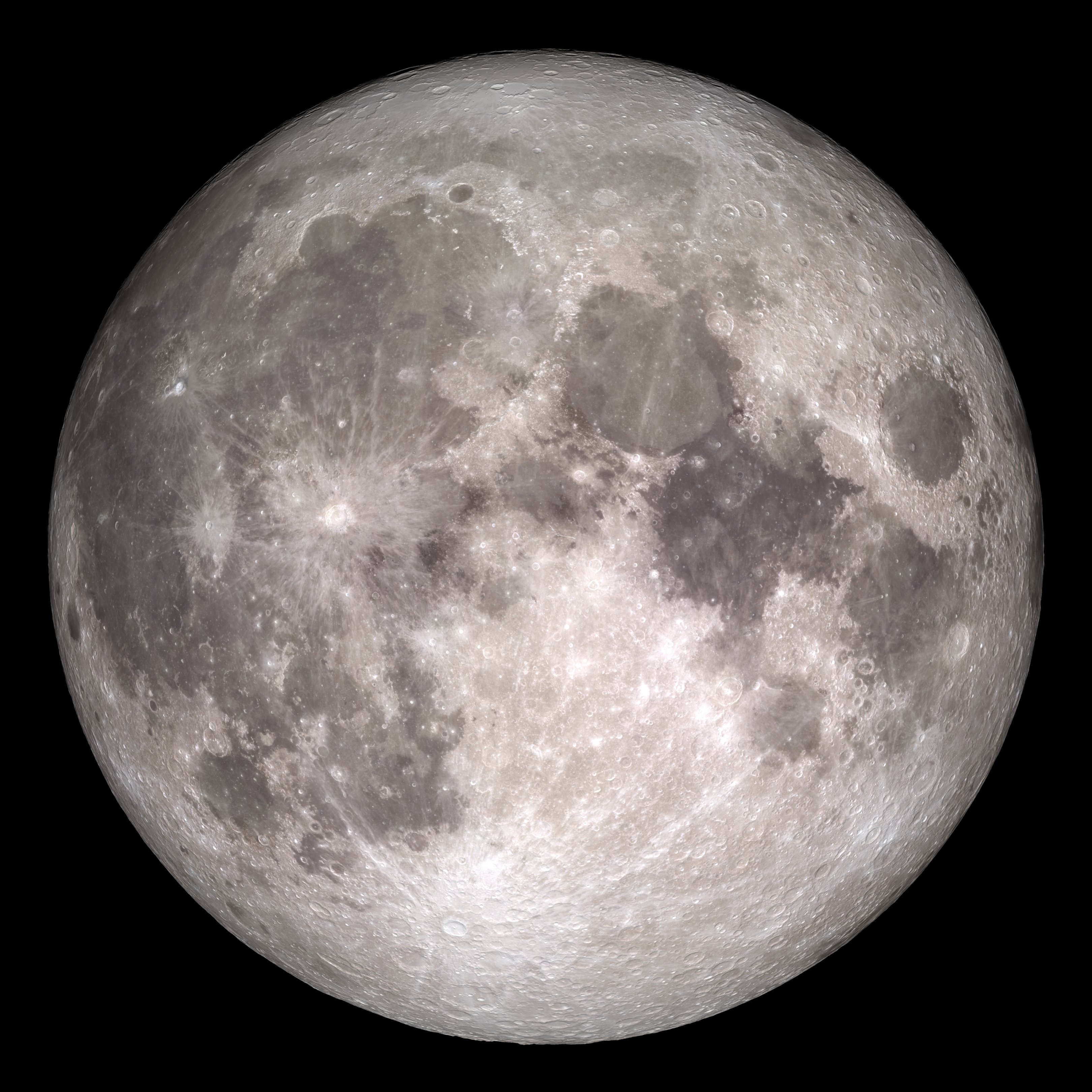
Next year will mark a new race to the moon. 2018 will put eight spacecraft in orbit around our closest neighbor in space, followed by another ten in 2020, then humans will touch down on the moon, once again.
One Small Step
China, Russia, and Japan are planning to send manned missions to the moon in the first half of the 2030s. The goal is to build a base on the moon that can act as an outpost of the Earth and a springboard, or perhaps ‘bridgehead’, for future voyages into deep space.
By that time it has been six decades since the last American astronaut first set foot on the moon. But there is a significant difference between the Apollo program’s historic moonwalks and the new voyages to the moon. In the 1960s, the astronauts were on a short visit, this time, they are there to stay.
2018: Five satellites (USA)
NASA’s new Space Launch System (SLS) will launch America into a new era of exploration to destinations beyond Earth’s orbit. On its first flight, NASA will demonstrate the rocket’s heavy-lift capability and put an uncrewed Orion capsule in a safe orbit around the moon.
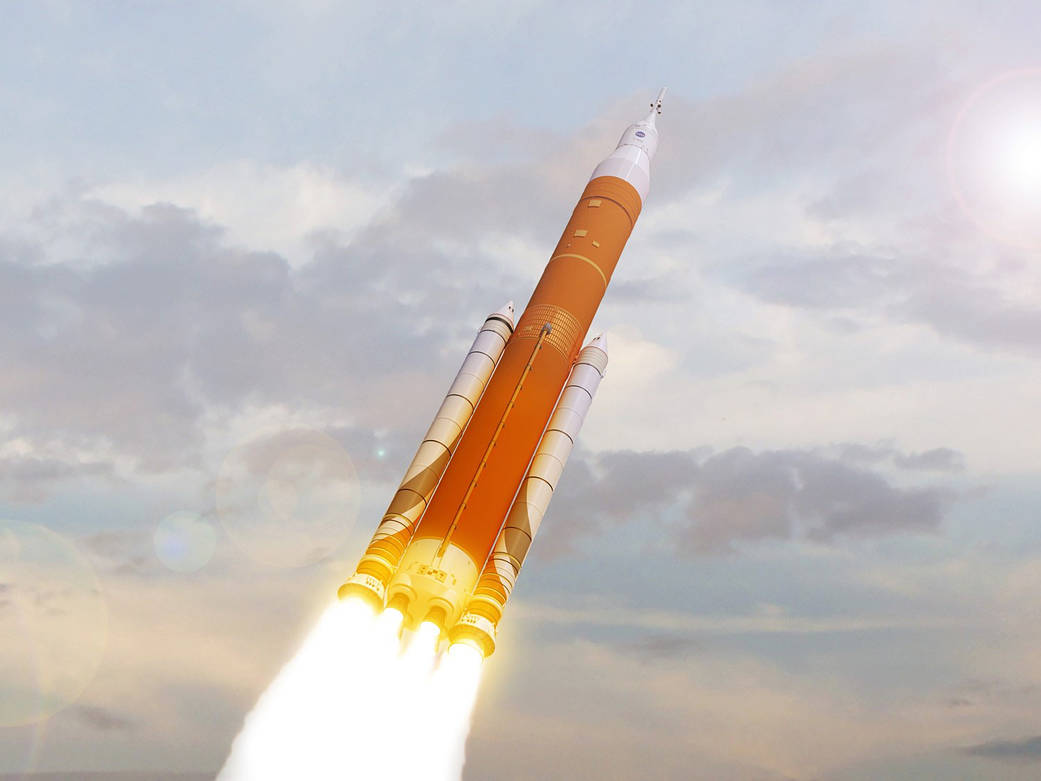
It will also carry 13 CubeSats to test innovative ideas. These small satellite secondary payloads will carry science and technology investigations to help pave the way for future human exploration in deep space, including the journey to Mars. SLS’ first flight, referred to as Exploration Mission-1 (EM-1), provides the rare opportunity for these small experiments to reach deep space destinations, as most launch opportunities for CubeSats are limited to low-Earth orbit.
Five of the CubeSats will be placed in orbit around the moon. Two of the satellites will look for ice. One of them brings along yeast to see how organism copes with radiation from the sun. The other two will look for hydrogen and other elements that would be interesting for future mining.
2018: Rover and satellite Chandrayaan-2 (India)
This mission consists of a lander, a robotic rover and a satellite in orbit around the poles. The landing will take place near the South Pole, where the rover will take samples and send data back to Earth.
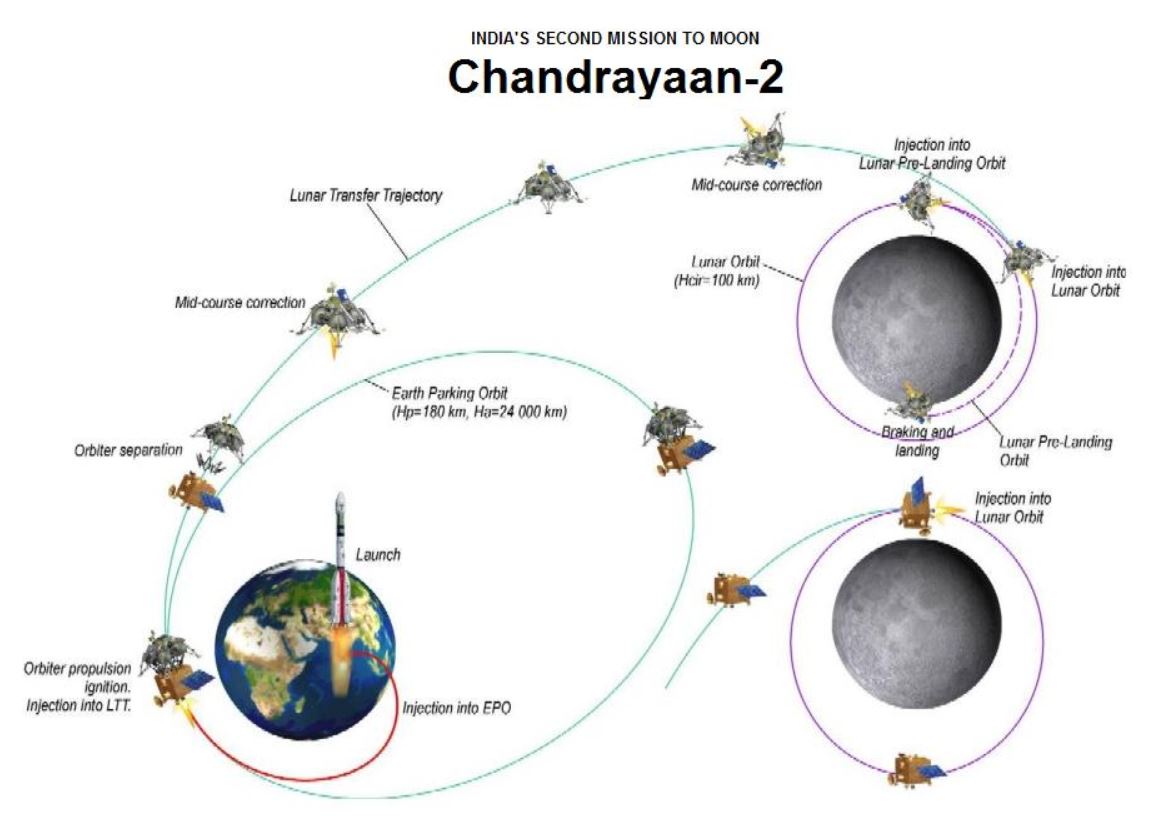
It marks India’s second lunar exploration mission after Chandrayaan-1 and according to the Indian Space Research Organisation (ISRO), this mission will use and test various new technologies and conduct new experiments.
The wheeled rover will move on the lunar surface and will perform an on-site chemical analysis. The data will be relayed to Earth through the Chandrayaan-2 orbiter.
2018: SpaceX lunar tourism mission (Private)
The company SpaceX will send two space tourists around the moon and back. The Space X lunar tourism mission would fall on the 50th anniversary of the Apollo 8 flight, which flew astronauts around the moon for the first time, as part of the Apollo program. The Crew Dragon will be launched on a free-return trajectory around the Moon.
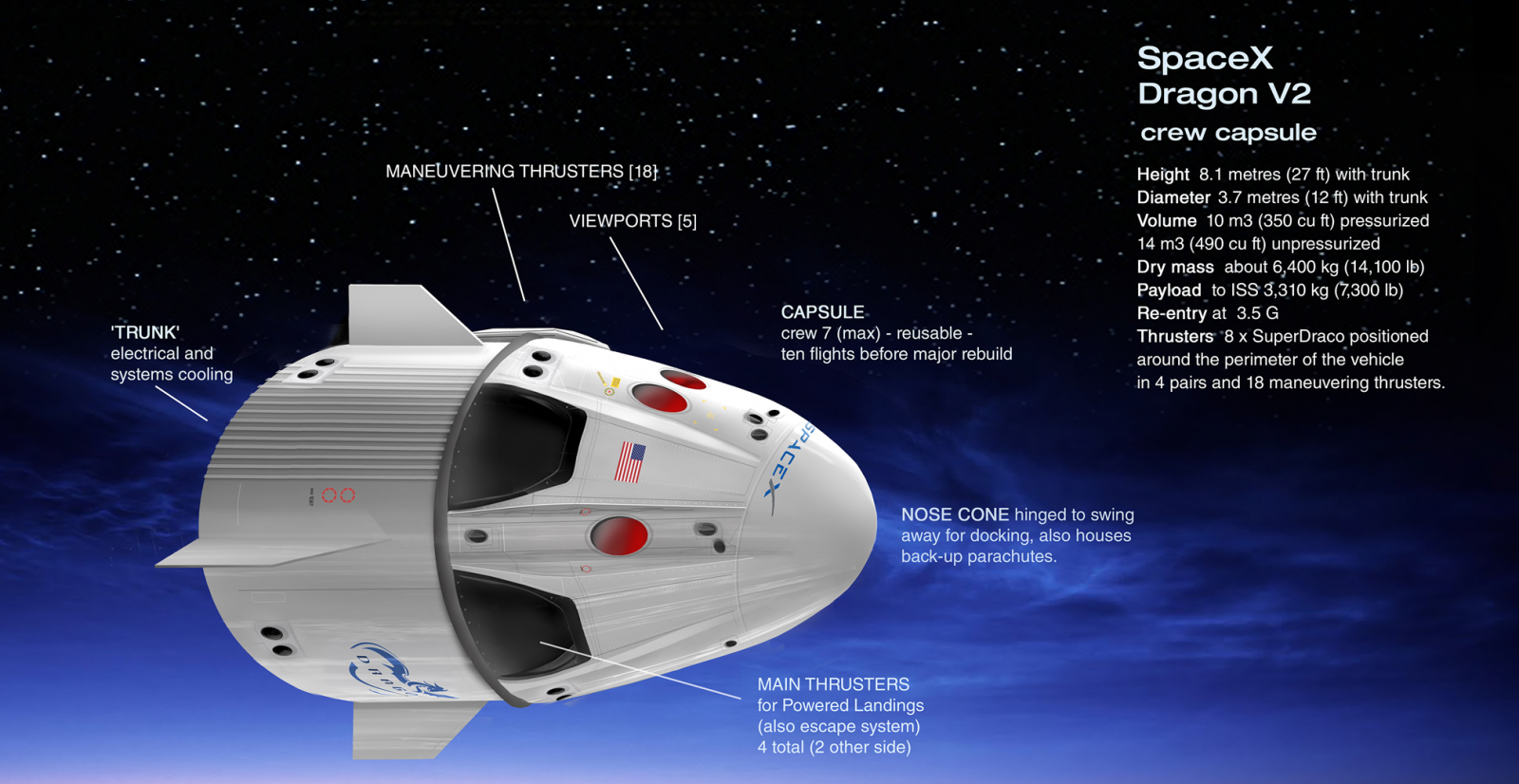
The tourists will fly aboard a Dragon 2 capsule propelled from Earth’s gravity atop a Falcon Heavy rocket. If this actually happens, it’ll be the first time that humans have traveled farther than low Earth orbit since the last Apollo mission.
2018: China will once again attempt to land a rover on the Moon (China)
Late in the year, the Chang’e 4 rover will visit the surface of the far side of the Moon, where it will study geological conditions. In June, China will launch a communication relay satellite in anticipation of this mission, which will be used to bounce signals from the rover to the Earth. It will mark the first-ever landing of a lunar rover on the Moon’s elusive dark side.
2019: Chang’e 5 lunar lander will collect and transport moon-dust back to Earth (China)
A lander and a spacecraft will be put in orbit and then land on the far side of the moon for the first time, near the south pole. The mission will test if it is easier to observe deep space in a place shielded off from the Earths constant radio noise.

The lander will touch down near Mount Rümker on the plain Oceanus Procellarum. There, it will dig 2 meters (6.6 ft) below the surface for a lunar sample from basalt estimated to be 1.3 billion years old, to be sent back to Earth with a small probe. It will be China’s first sample return mission, aiming to return at least 2 kilograms of lunar soil and rock samples back to the Earth.
2019: Smart Lander for Investigating Moon (SLIM) (Japan)
The lunar lander is being developed by the Japan Aerospace Exploration Agency (JAXA). It will be Japan’s first lander and will land in a crater on the moon. On board are refined facial recognition technologies that will identify structures on the surface of the moon and map craters.
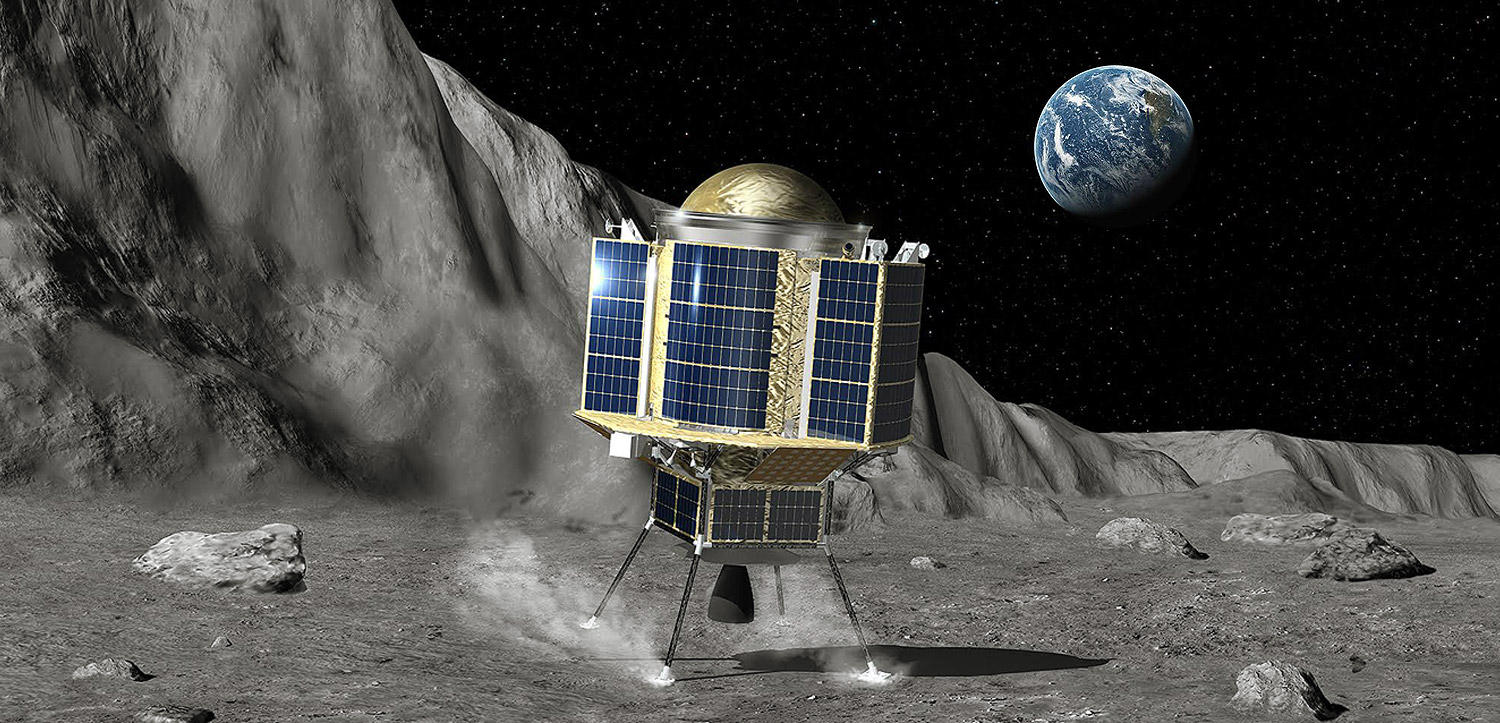
According to Yoshifumi Inatani, deputy director general of the JAXA Institute of Space and Astronautical Science (ISAS), ‘by succeeding in this extremely precise landing, it will lead to enhancing the quality of space exploration’.
SLIM is planned to be launched together with the XARM space telescope (X-ray Astronomy Recovery Mission). A next-generation space telescope in the X-ray astronomy field, similar to how the James Webb Space Telescope, Fermi Space Telescope, and the ALMA Observatory.
2019: Moon Express moon lander mission (Private)
Moon Express would become the first private company to land a spacecraft on the moon if successful. The company has raised a total of $45 million (£37 million) from investors including Peter Thiel’s Founders Fund, Collaborative Fund, and Autodesk.
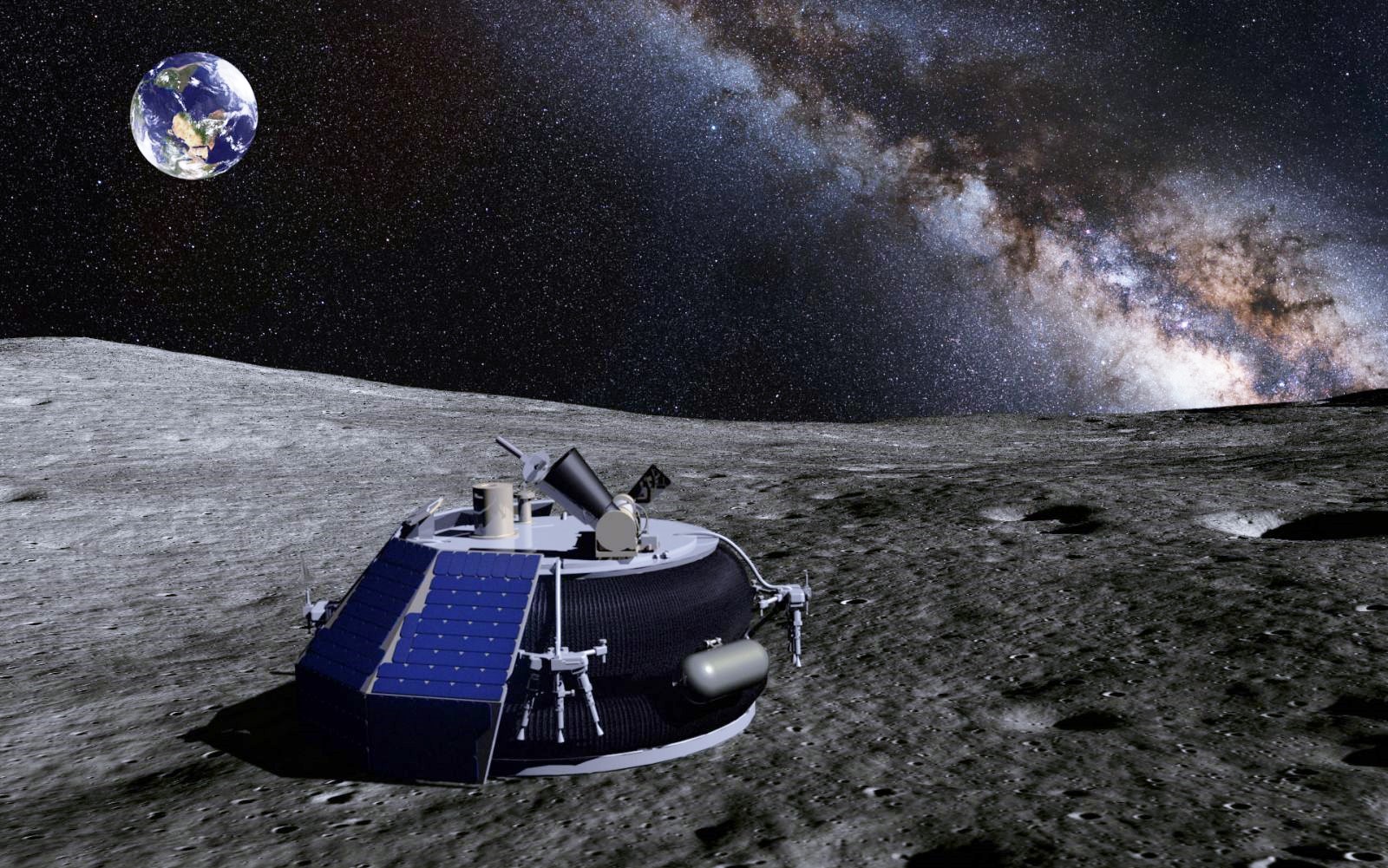
As well as completing its recent financing round, Moon Express has also entered Google’s Lunar Xprize competition, which will give a firm £25 million ($30 million) in reward for landing a rover on the moon. The winner must travel 500 meters on the Moon’s surface and send pictures back to Google on Earth.
2020: Resource prospector (USA)
A NASA spacecraft and a lander will visit the Moon. The lander will extract drilling cores in search of oxygen, water, and hydrogen. These elements are all essential if humans are to colonize the moon and stay there for any longer duration of time.
Utilizing resources found naturally in extraterrestrial soil, or “in-situ resource utilization” (ISRU), will foster more affordable and sustainable human exploration to many deep-space destinations, according to NASA. Humans living, working and exploring other planetary bodies must be able to make their own breathable air and potable water and the basic components that we know exist on the moon – hydrogen and oxygen — can be used to make these vital consumables. These very same elements also comprise the most vital building blocks of rocket fuel and could even help to form basic materials required for in-space manufacturing – it is indeed vital that hydrogen and oxygen are found in some abundance on the Moon.
2020: Moon Express mining robot (Private)
Moon Express follows up the expedition the year before with a mining robot, which will land on Mount Malapert near the South Pole. From there, it will send samples of the moon to Earth.
2023: Astronauts to the moon and back (USA)
The first flight of NASA’s Orion spacecraft with people on board. Four astronauts will travel around the moon. The mission brings the Orion module to the planned space station Deep Space Gateway to be placed in orbit around the moon. The Deep Space Gateway is a crew-tended cislunar space station concept proposed for a possible partnership between NASA and Roscosmos for construction in the 2020s.
NASA released its 36-page “Journey to Mars” report in October 2015 to outline broad goals, but its lack of clear deadlines generated fierce opposition. NASA aims to put boots on Mars in the 2030s after first gathering human-spaceflight experience and expertise in low Earth orbit and the “proving ground” of cis-lunar space near the moon.











![OpenAI. (2025). ChatGPT [Large language model]. https://chatgpt.com](https://www.illustratedcuriosity.com/files/media/55136/b1b0b614-5b72-486c-901d-ff244549d67a-350x260.webp)
![OpenAI. (2025). ChatGPT [Large language model]. https://chatgpt.com](https://www.illustratedcuriosity.com/files/media/55124/79bc18fa-f616-4951-856f-cc724ad5d497-350x260.webp)
![OpenAI. (2025). ChatGPT [Large language model]. https://chatgpt.com](https://www.illustratedcuriosity.com/files/media/55099/2638a982-b4de-4913-8a1c-1479df352bf3-350x260.webp)








